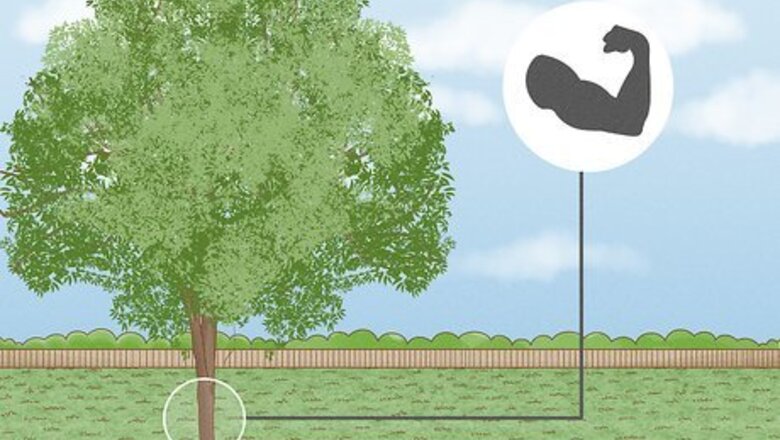
views
- Choose a strong central trunk for your pecan tree and trim the top ⅓ off of this limb. Then, cut back any low-hanging and dead branches.
- Do not cut more than ⅓ of your tree’s total branches, as this can shock and damage it.
- Prune your pecan tree in the early spring after the leaves have sprouted and before the buds grow.
Using a Central Leader Pruning System
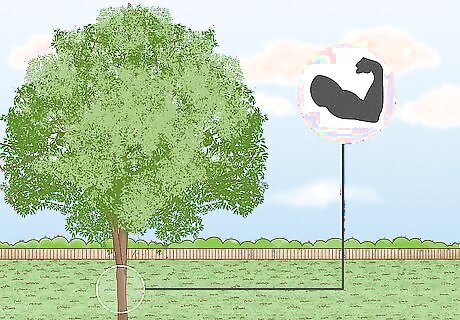
Choose a strong central trunk for a stable tree. Because of harsh weather conditions such as tropical storms and hurricanes, you should always begin by choosing and planting a strong central trunk which the branches will come off. To develop a medium-sized, strong and wind-resistant tree, the central leader system provides well-spaced and widely-angled limbs. You always want to avoid a multi-leader tree where trunks and branches are competing for space and sunlight.
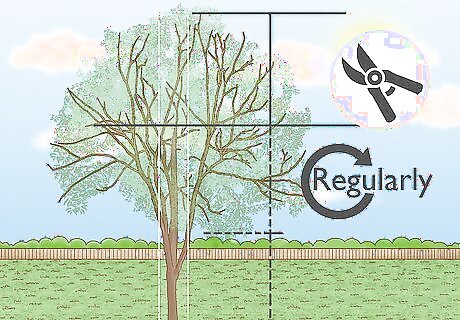
Cut off about the top third of your leader trunk on a regular basis. This is to ensure that you get buds that are well spaced out. Avoiding a condition called “witch’s broom” which is where buds grow too close together near the top of the central trunk. When the growth begins in the spring, the branches will be distributed wider, allowing for more sunlight and water retention.
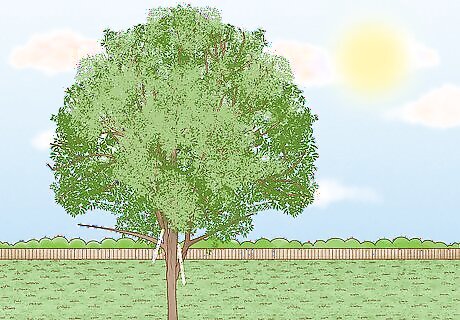
Decide which of the under branches to prune at any one time. Using pegs as an easy way to mark which branches you do not wish to remove, prune the remaining under branches from the leader trunk to encourage the central leader trunk to grow. You don’t want competition from other lower branches. You can leave remaining growth on the base as long as it is not upright-growing.
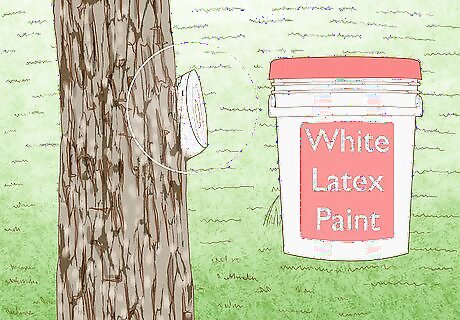
Seal the wounds to help the tree heal quickly. The pruning site may weep more when the tree is pruned while actively growing, but it does not cause any harm. Paint wound sites facing the sun with white latex paint to keep the tissue cooler and allow the tree to heal more quickly. Other than that, do not apply any other sealer to the wound.
Preparing to Prune
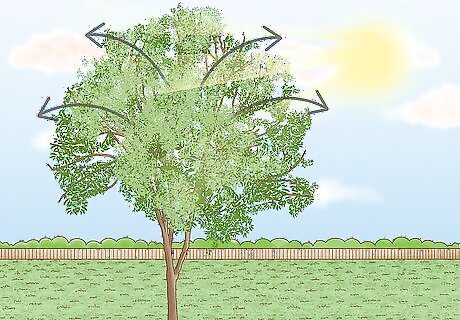
Train your tree the way you want it to grow. To produce a good crop, your trees need ample sunlight. Allow the upper branches to spread so they take in as much sunlight as possible. Your major pruning to upper branches comes during the first 10 to 15 years of the pecan tree’s life.
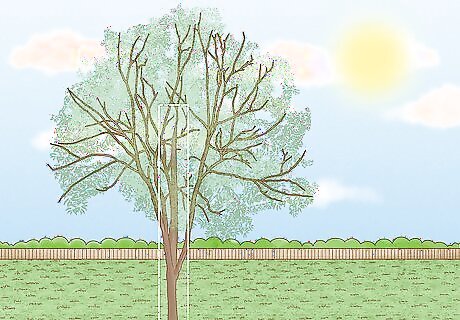
Ensure each tree has a single vertical trunk. This is essential for quality growth. When it comes to training a young tree through pruning, you can decide what shape you would prefer the tree to grow into. For example, this could be a standard ‘vase’ shape where the main trunk splits into three trunks. It will take several years to see results but always stick to your original plan.
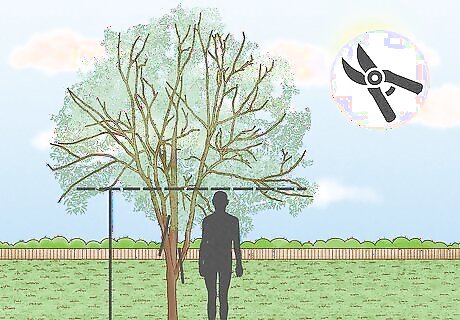
Prune your tree’s lowest limbs to just above your head to ensure easy access. As the trees grow, you will need access to the ground beneath your tree to water, fertilise, weed, and harvest pecans. Your goal is to walk underneath your tree without scraping your face. You will also need room for the mechanical equipment used for orchard management, so as you prune your trees, try to shape each tree to a standard pattern.
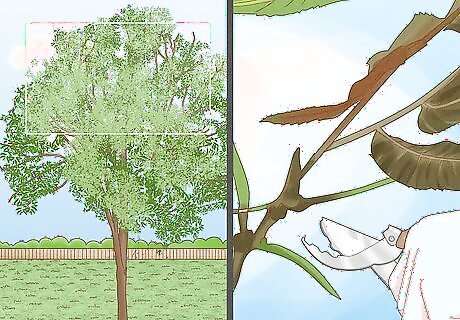
Remove dead upper branches. Sometimes upper branches will die because of wind damage, freeze damage, disease and improper care. This is where your tree saw and lopper will come in handy. Remove these as soon as you notice them to stop the cause of death spreading.
Knowing When to Prune Your Tree
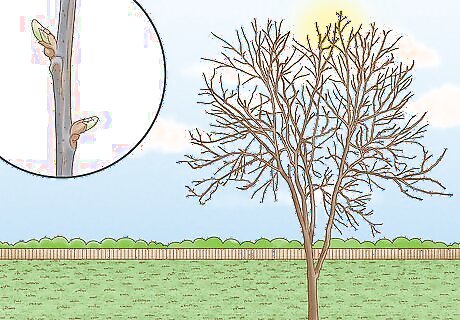
Prune in early spring prior to buds breaking out. There is a misconception that pecan trees should be pruned in the middle of winter, but this just leaves the gouges you make in the tree exposed to the harsh winter elements. Late April is the ideal time to prune, which is after the leaves have sprouted, and means that the tree can immediately begin the healing process required to grow. Summer pruning is also discouraged unless it is only minor branch removal. This is because a newly cut tree is also susceptible to damage from the sun.
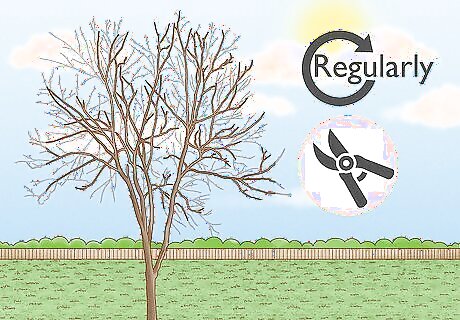
Prune your pecan trees regularly to reduce the workload. Annual pruning is the most recommended method, which means you should never have to prune too much in one go. Be aware that pecan trees produce heavily every other year, with an ‘on’ year alternating with an ‘off’ year. For the best harvest, heaviest pruning should be done in ‘on’ years and light pruning in ‘off’ years.
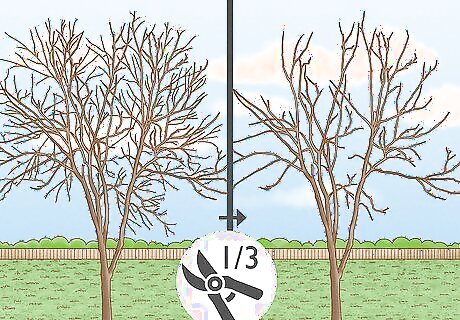
Take care not to remove more than one-third of a tree’s branches in a season. If you prune too heavily, you risk sending the trees into shock, which can kill them. The exception to the rule is if a tree is dying, in which case you can often revive it with severe pruning.
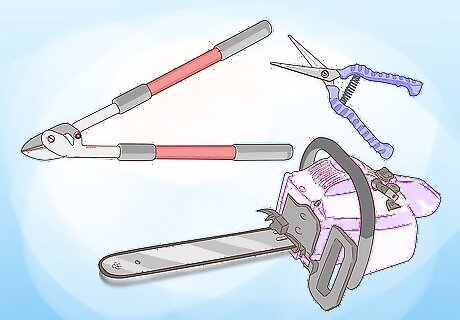
Collect the right equipment before you begin. To prune on an annual basis you will need a few key pieces of equipment. A pair of hand-held pruning shears can fit into your back pocket and can be used to continually lop off small, low-hanging branches as you tend to your orchard throughout spring. Consider using two-handed lopper. This tool will be useful if you allow a branch to grow out of control. Use a bow saw or chainsaw if you neglect to prune regularly. Be warned that pecan wood is extremely hard, so elbow grease will be required to saw through large limbs that have been left to grow unattended.




















Comments
0 comment